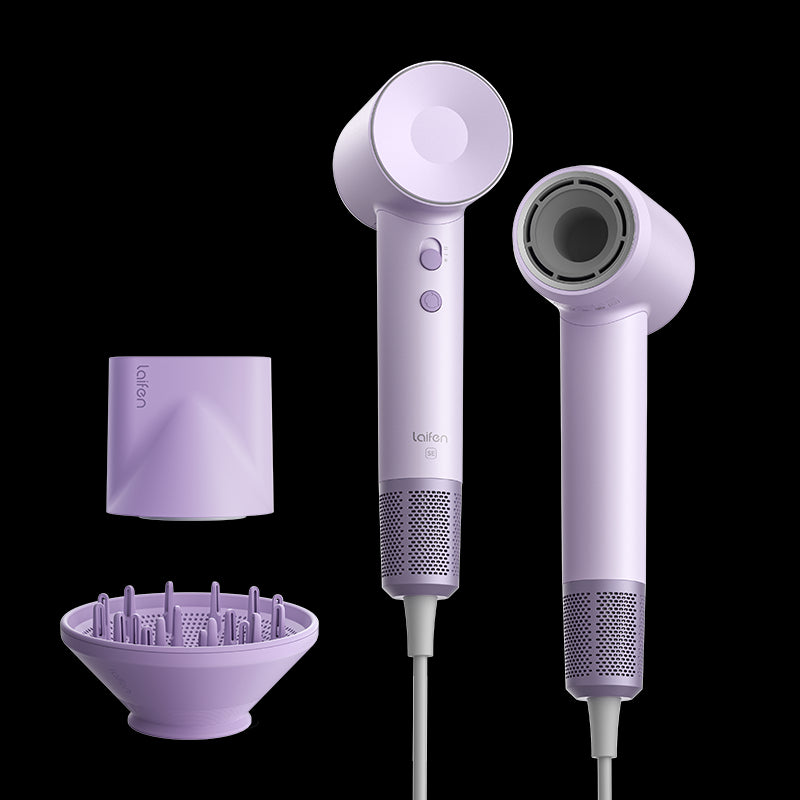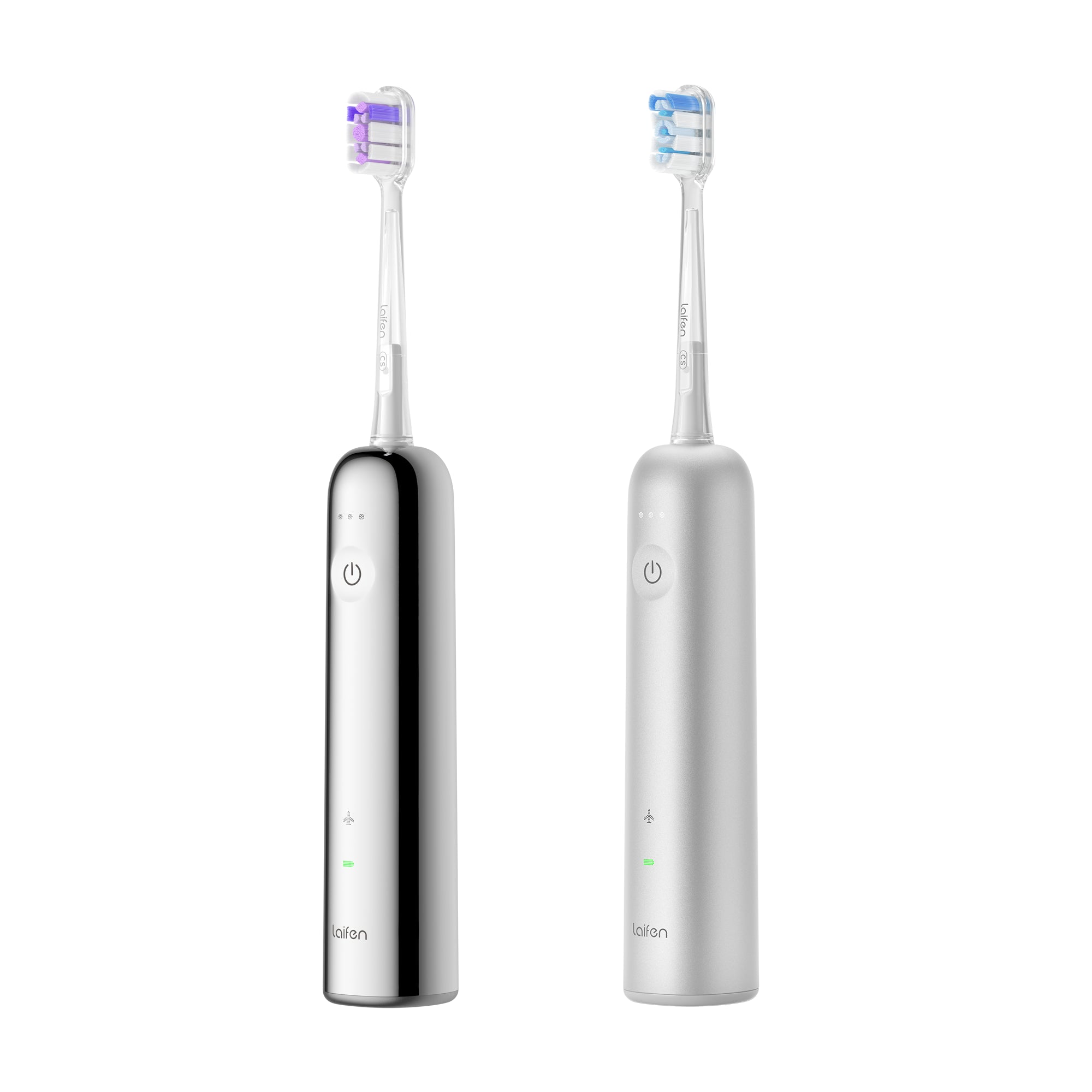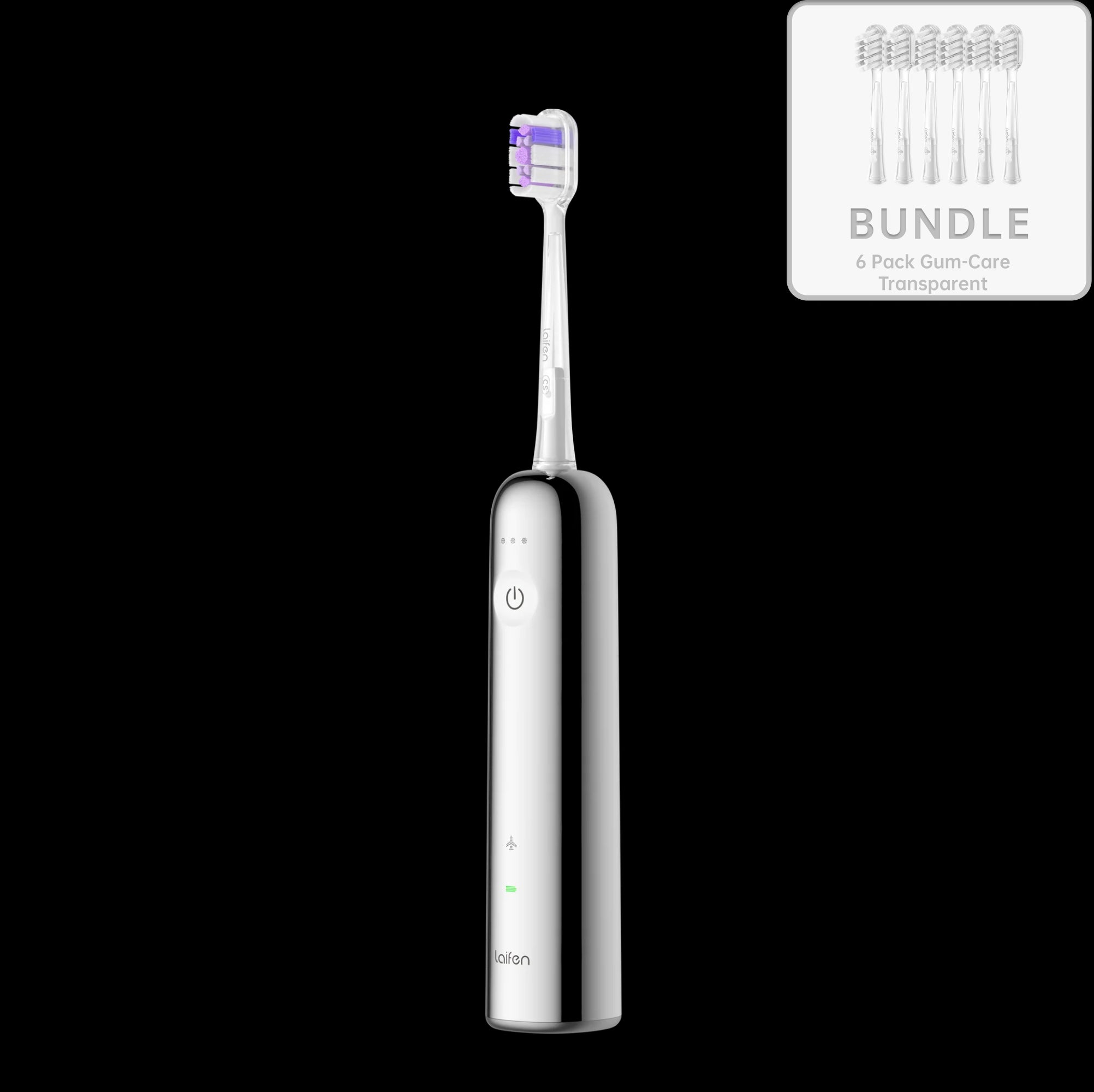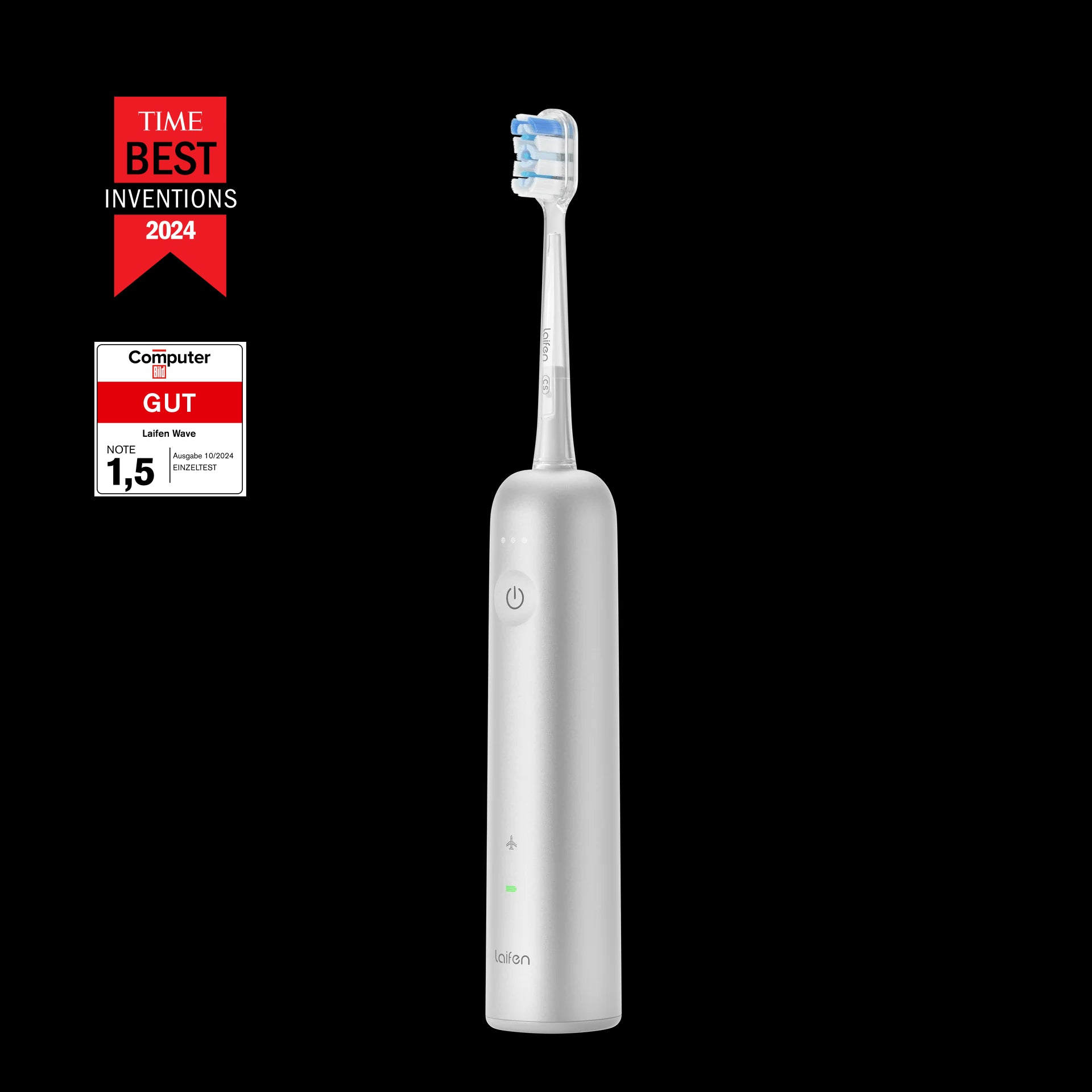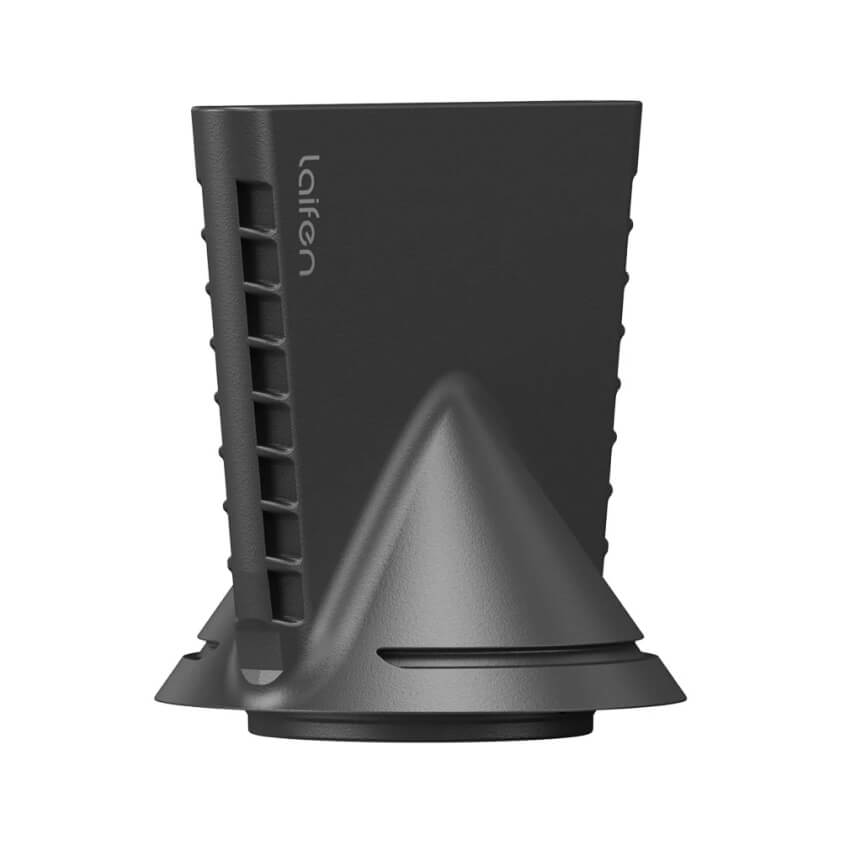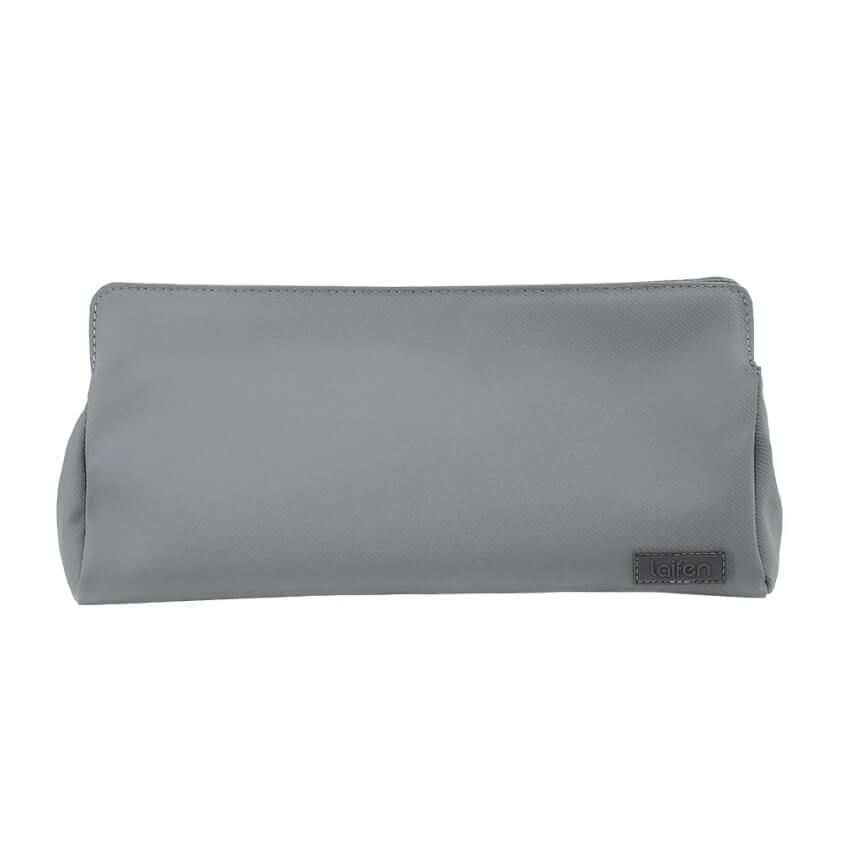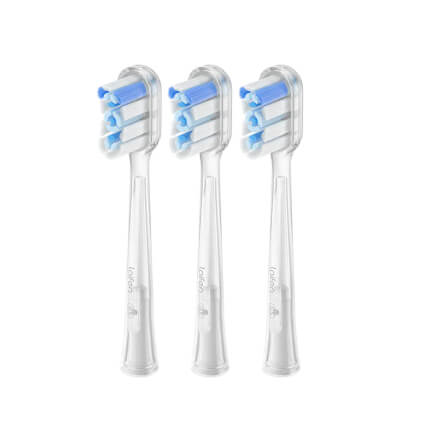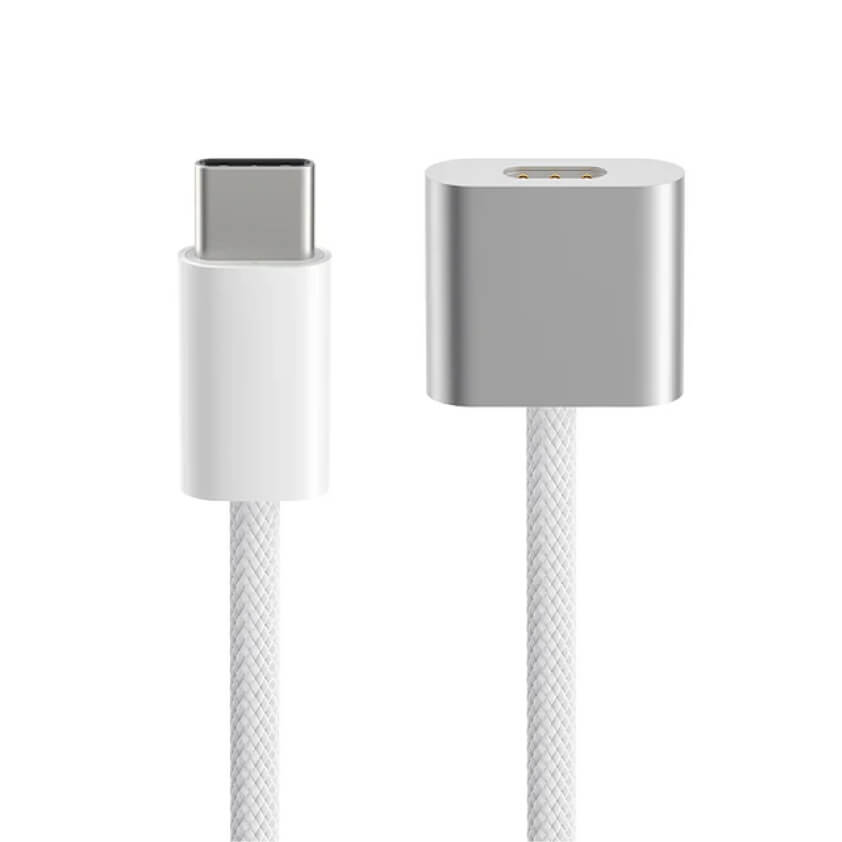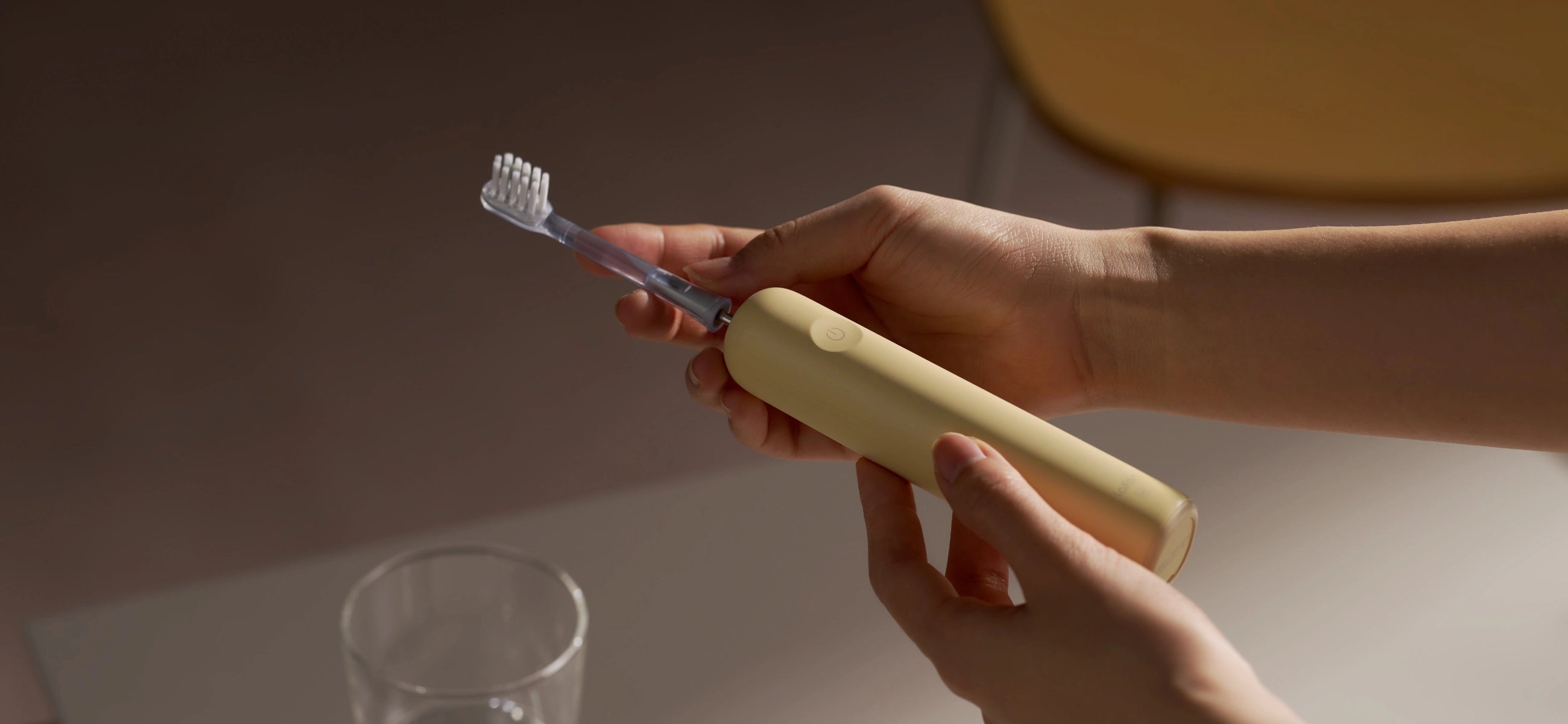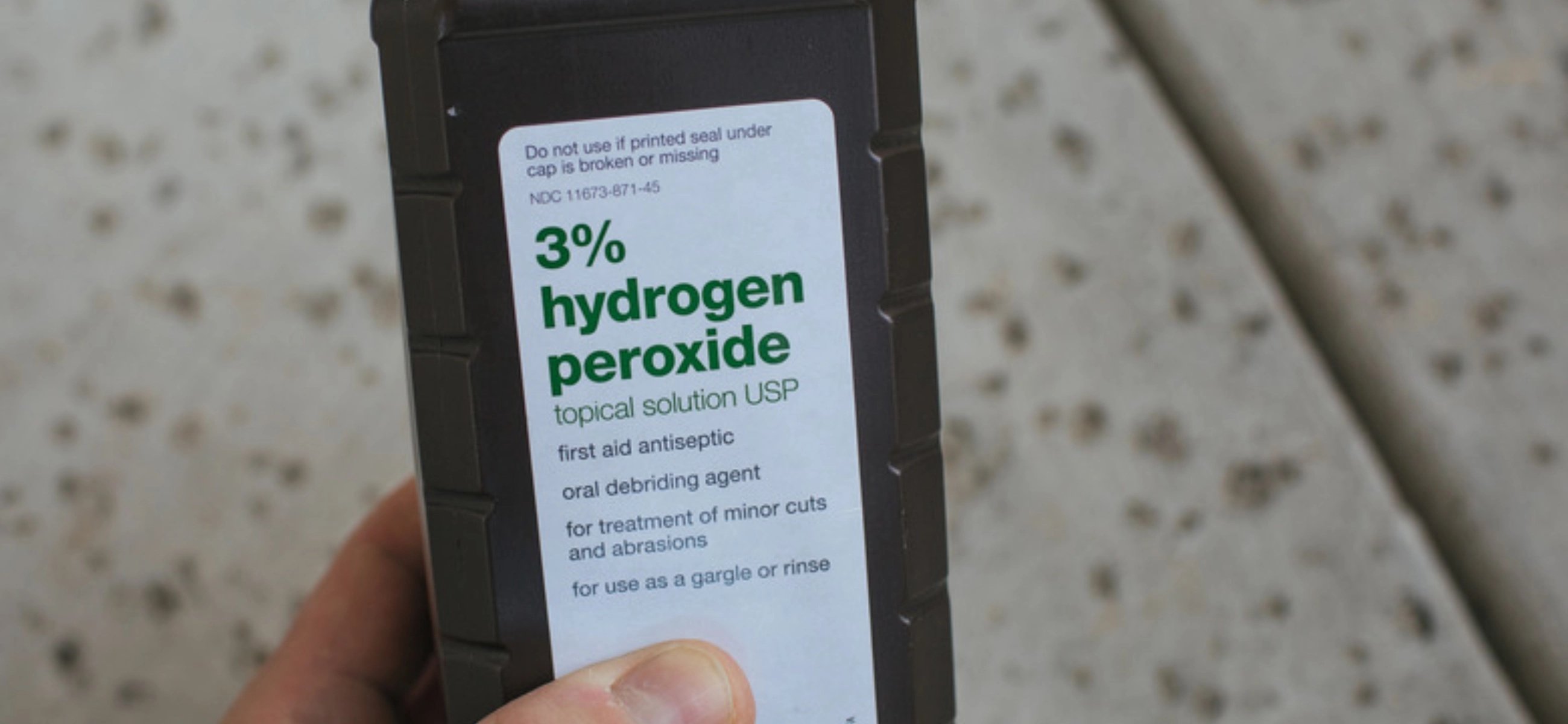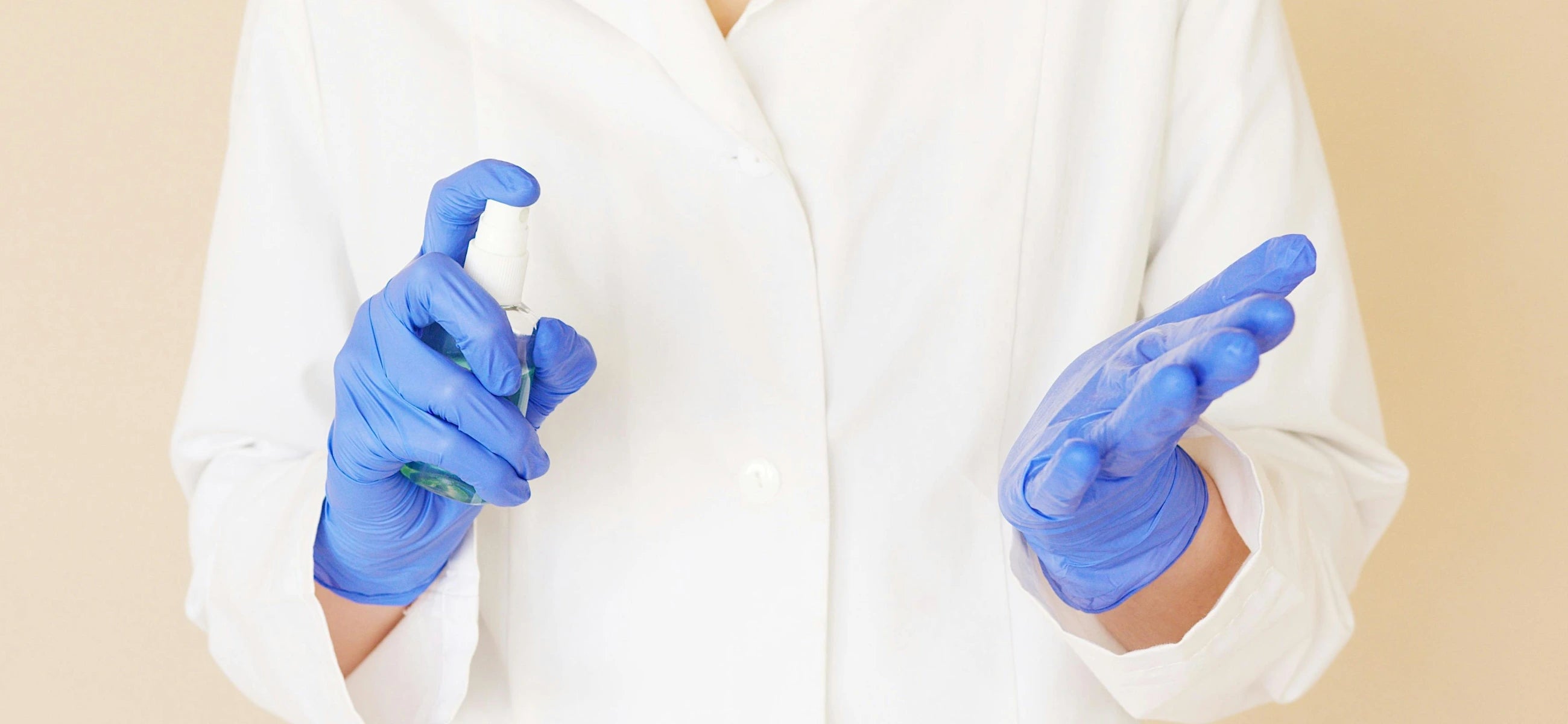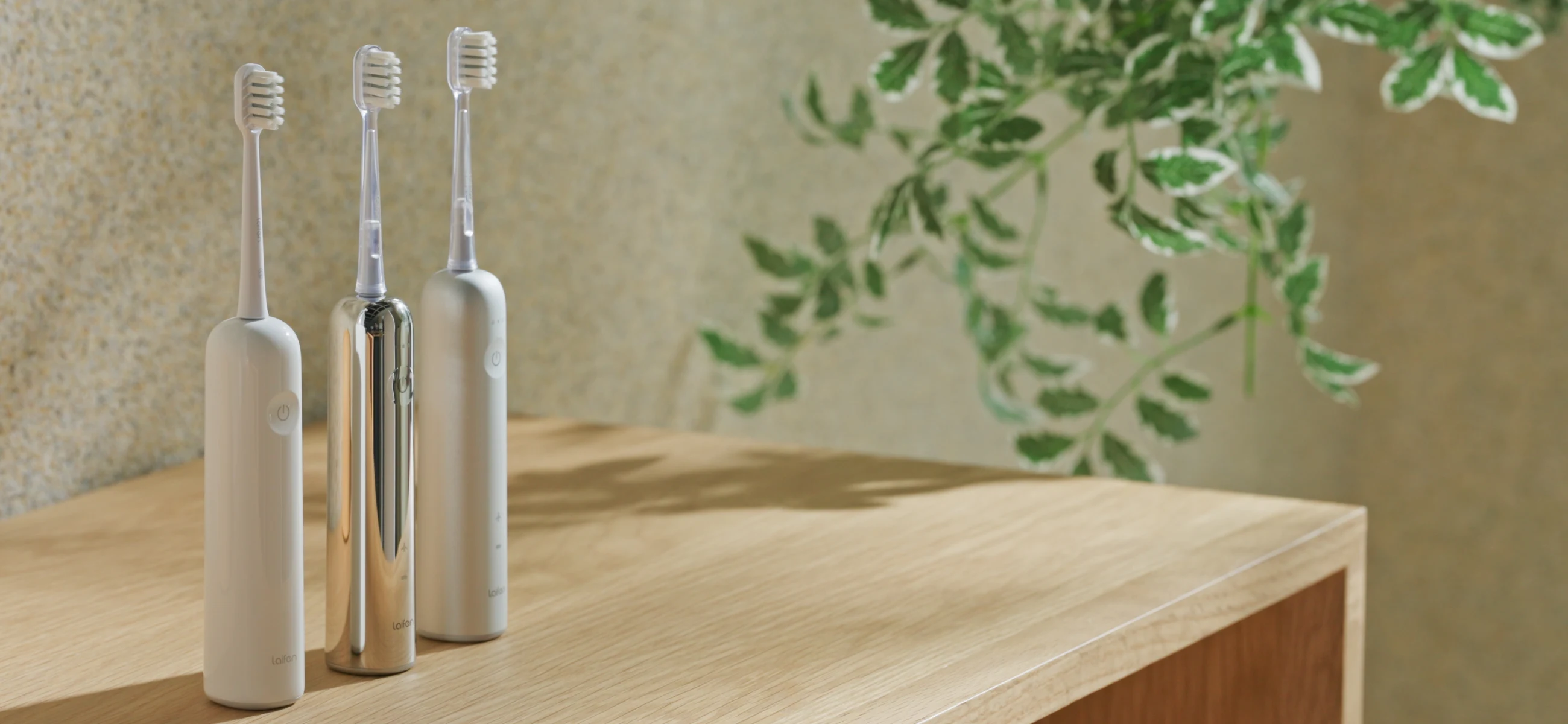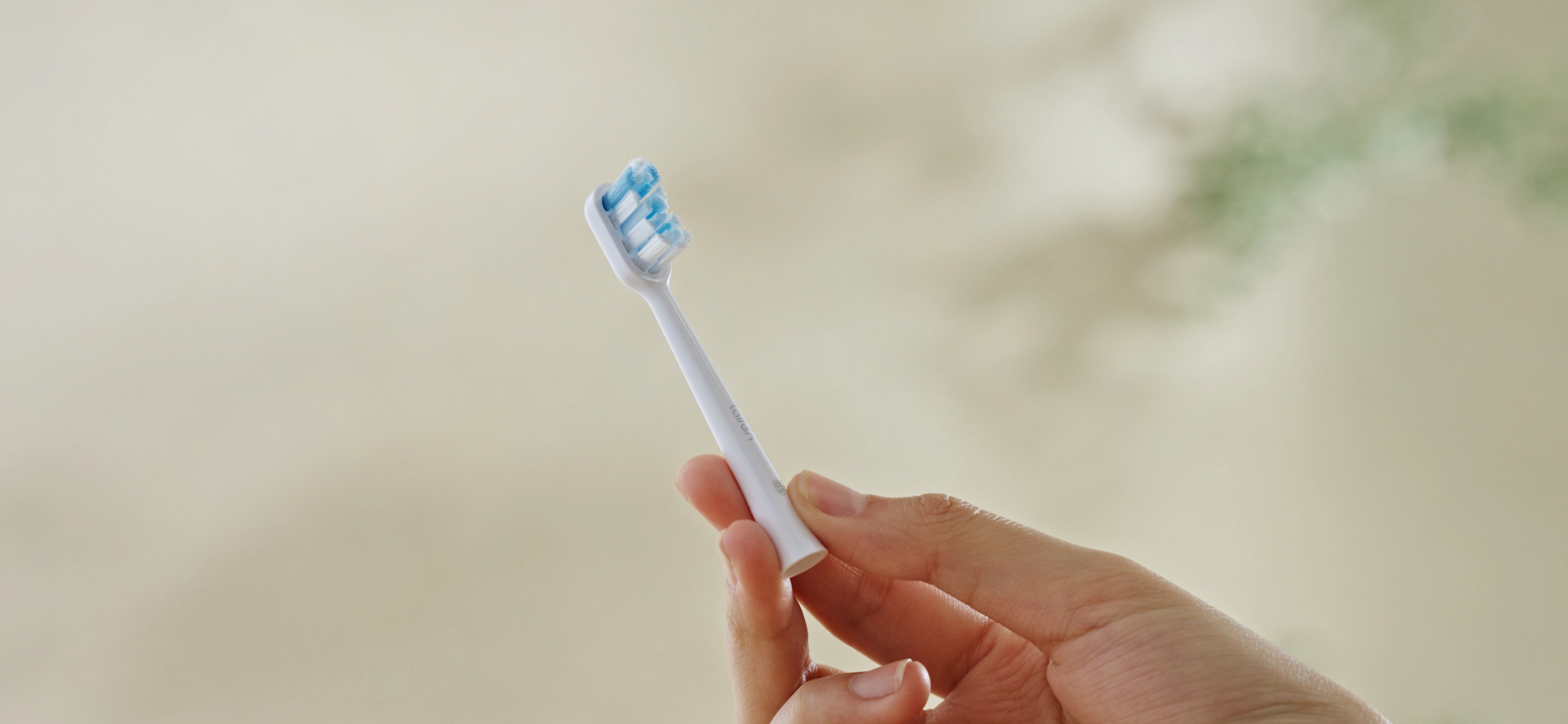
In this article
Sickness is an inevitable guest in life’s unpredictable banquet, and with it often comes the silent danger of reinfection. A toothbrush becomes a hidden reservoir for bacteria and viruses that may persist long after you’ve shaken off the symptoms. It’s easy to forget that after a bout with illness, the toothbrush you trust to clean your teeth could very well be reintroducing the very germs you just battled. Therefore, replacing it after sickness is a vital defense mechanism for your health.
[Related topics: How long can strep live on my toothbrush?]
[Related topics: How long can COVID live on my toothbrush?]
Why do you need to clean toothbrushes after being sick?
Why cleaning or replacing your toothbrush is crucial after sickness?
1. To erase invisible toxins
Illness lingers in subtle ways. Even if you’re feeling better, pathogens can cling to your toothbrush like a forgotten secret. Cold viruses, flu bacteria, or even strep throat germs can nest in the bristles. If left unchecked, these microscopic invaders can sabotage your progress and reignite your symptoms.
2. To block the risk of reinfection
While you battle an illness, your toothbrush becomes a breeding ground for germs, trapping them within its fibers. Reusing this tool, even after symptoms fade, could result in reinfection. The very brush you rely on to clean your teeth becomes a stealthy carrier and reintroduces harmful bacteria into your body when you least expect it.
3. To protect loved ones from hidden threats
If you share your home or bathroom space, your toothbrush could become a hidden highway for germs to travel. Pathogens left behind can easily leap from your brush to unsuspecting family members or roommates and infect them with the same virus or bacteria that caused you discomfort.
5 best ways to clean a toothbrush after being sick
Try the methods that can work wonders in eliminating the pathogens that may have taken residence on your toothbrush:
1. Hydrogen peroxide infusion: A powerful purge

Hydrogen peroxide is a powerhouse in the battle against microscopic foes. For a deep cleanse, mix it with water in a 3:1 ratio and allow your toothbrush to steep in this potent solution for 10 to 15 minutes. The bubbling action will dismantle bacteria and viruses.
2. Isopropyl alcohol soak: A swift surgical strike
Rubbing alcohol is no stranger to disinfecting. A quick soak in isopropyl alcohol (70%) can banish stubborn germs in minutes. Let the bristles sit submerged for a few minutes. Rinse afterward to prevent any lingering alcohol traces.
3. Boiling water dip: Heat to purify
For those who want to find the ancient method of high-heat purification, bring a pot of water to a boil and briefly dip your toothbrush in it for 5-10 seconds. The intense heat kills germs on contact.
4. UV sanitizer: The modern marvel
If you have access to a UV toothbrush sanitizer, this is perhaps the most futuristic way to banish bacteria. The ultraviolet rays reach deep into the bristles, obliterating viruses and harmful microorganisms. Simply place your toothbrush inside the device, and in a matter of minutes, it will be fully sanitized without lifting a finger.
5. Vinegar elixir: Nature’s gentle cleansing solution

For a more organic approach, white vinegar works wonders. Combine equal parts vinegar and warm water and let your toothbrush soak in this natural disinfectant for 15 to 30 minutes. The vinegar’s natural acidity destroys microbes without damaging the bristles.
How long can the bacteria of your sickness live on my toothbrush?
The duration that these microscopic invaders can survive on your toothbrush varies significantly depending on the illness itself. To help you stay ahead of these hidden threats, here’s an in-depth guide:
|
Illness |
Survival time on toothbrush |
Details |
|
Common cold (Rhinovirus) |
Up to 3 days |
Rhinovirus loves cool, moist environments, sticking around for up to three days on surfaces like your toothbrush. Even after your cold symptoms disappear, the germs can linger. Wait for an opportunity to infect again. |
|
Influenza (Flu) |
24 to 48 hours |
Flu viruses are resilient but tend to lose their contagious strength after two days. However, it's best not to risk it as your toothbrush might still be a potential source of reinfection. |
|
Strep throat (Group a strep) |
Up to 7 days |
Strep bacteria are hardy and can survive for a whole week on your toothbrush. This means your brush could be silently spreading germs long after you've stopped feeling sick. |
|
COVID-19 (Coronavirus) |
Up to 3 days |
Coronavirus can persist on surfaces, including your toothbrush, for up to three days. Though the virus becomes less virulent with time, disinfecting your brush is still crucial to avoid any risk. |
|
Cold sores (Herpes simplex virus) |
Several days to weeks |
The herpes simplex virus, which causes cold sores, can linger on your toothbrush for weeks, especially if the brush remains moist. You may have to disinfect or replace the brush when active sores are present. |
|
Norovirus |
Up to 12 hours |
Norovirus is swift and highly contagious but doesn’t stick around as long on toothbrushes. Still, disinfecting your brush is essential, as it’s easily transmitted via contaminated surfaces. |
Do toothbrush sanitizers really work?
Toothbrush sanitizers have sparked much curiosity. But do they truly live up to the hype, or are they just another example of technological allure that sounds too good to be true? Let’s see the intricate workings of these devices.
The power of Ultraviolet (UV) light: Is It a cure-all?

At the core of many toothbrush sanitizers is ultraviolet light—a germicidal powerhouse that has long been used in hospitals and laboratories to wipe out bacteria and viruses. UV light works by disrupting the DNA of harmful microorganisms, effectively disabling them and preventing their growth. In theory, this could eliminate up to 99.9% of harmful bacteria on your toothbrush.
But, here's the catch: for UV light to be truly effective, a few conditions must be met:
-
Sufficient exposure: The toothbrush must be exposed to UV rays for an adequate amount of time. Usually between 5 and 10 minutes. Without this, some bacteria may remain untouched.
-
Proper coverage: UV light needs to reach all the crevices of the toothbrush, from the bristles to the handle, or else germs can still persist. A poorly designed sanitizer may not provide full coverage.
-
Pre-cleaning: Grit and grime left on your toothbrush from toothpaste or food particles can act as a shield, protecting bacteria from UV light. Therefore, a quick rinse before sanitizing is able to maximize effectiveness.
The limitations of toothbrush sanitizers
While UV sanitizers can reduce the microbial load on your brush, they aren’t a panacea. They can’t reach every nook and cranny of the toothbrush, especially inside the bristles or the deep handle where bacteria may take refuge.
Furthermore, some germs might still evade the full force of UV disinfection and makes sanitizers less effective against certain pathogens.
Other types of sanitizing methods, like those utilizing ozone or heat, claim to further enhance cleanliness, but they, too, have their own quirks. Excessive heat, for example, may warp the bristles or reduce the brush’s lifespan.
Takeaways

After being sick, your toothbrush can harbor lingering germs for up to 72 hours. To avoid reinfection, either replace or thoroughly sanitize your brush. For a hassle-free option, you can just pick up the Laifen Wave toothbrush, which offers affordable refills like toothbrush heads. Taking these steps guarantees your toothbrush works to protect, not spread, germs.
FAQs
Q1: How do you disinfect a toothbrush after strep throat?
After a bout with strep throat, immerse your toothbrush in a potion of hydrogen peroxide diluted with water, letting it sit for 15 minutes. While this purges bacteria, the wisest choice is to bid farewell to the brush entirely and start fresh.
Q2: How to disinfect a toothbrush after a cold sore?
Cold sores leave viral traces that cling stubbornly. Douse the bristles in rubbing alcohol or steep them briefly in boiling water to vanquish these remnants. For ongoing outbreaks, swap the brush entirely once healing begins.
Q3: How to clean your toothbrush after COVID?
COVID-19 calls for no-nonsense care. Submerge the bristles in a hydrogen peroxide elixir (a 3:1 water-to-peroxide brew) for 15 minutes. Keep your toothbrush isolated from others to halt any viral lingerers.
Q4: How long does cold virus live on toothbrushes?
A toothbrush becomes a temporary fortress for cold viruses, harboring them for up to 72 hours. Replace your toothbrush during or immediately after illness to stave off reinfection and start anew.
Q5: What is the most sanitary way to store a toothbrush?
The zenith of toothbrush storage is achieved by placing it upright, basking in the open air, far from the company of other brushes. Shun covered holders, as they trap moisture and invite microbial mischief.
Q6: Does vinegar disinfect toothbrushes?
Vinegar, while humble, wields antimicrobial prowess. Let your brush steep in pure white vinegar for 30 minutes, then rinse under warm water. Though effective, it bows to hydrogen peroxide and UV sanitizers in thoroughness.
Q7: Does putting your toothbrush in the dishwasher sanitize it?
Though the dishwasher may seem like a knight in shining armor, its heat can warp bristles, compromising your brush’s efficiency. Use a targeted methods like UV light or chemical soaks for better results.


